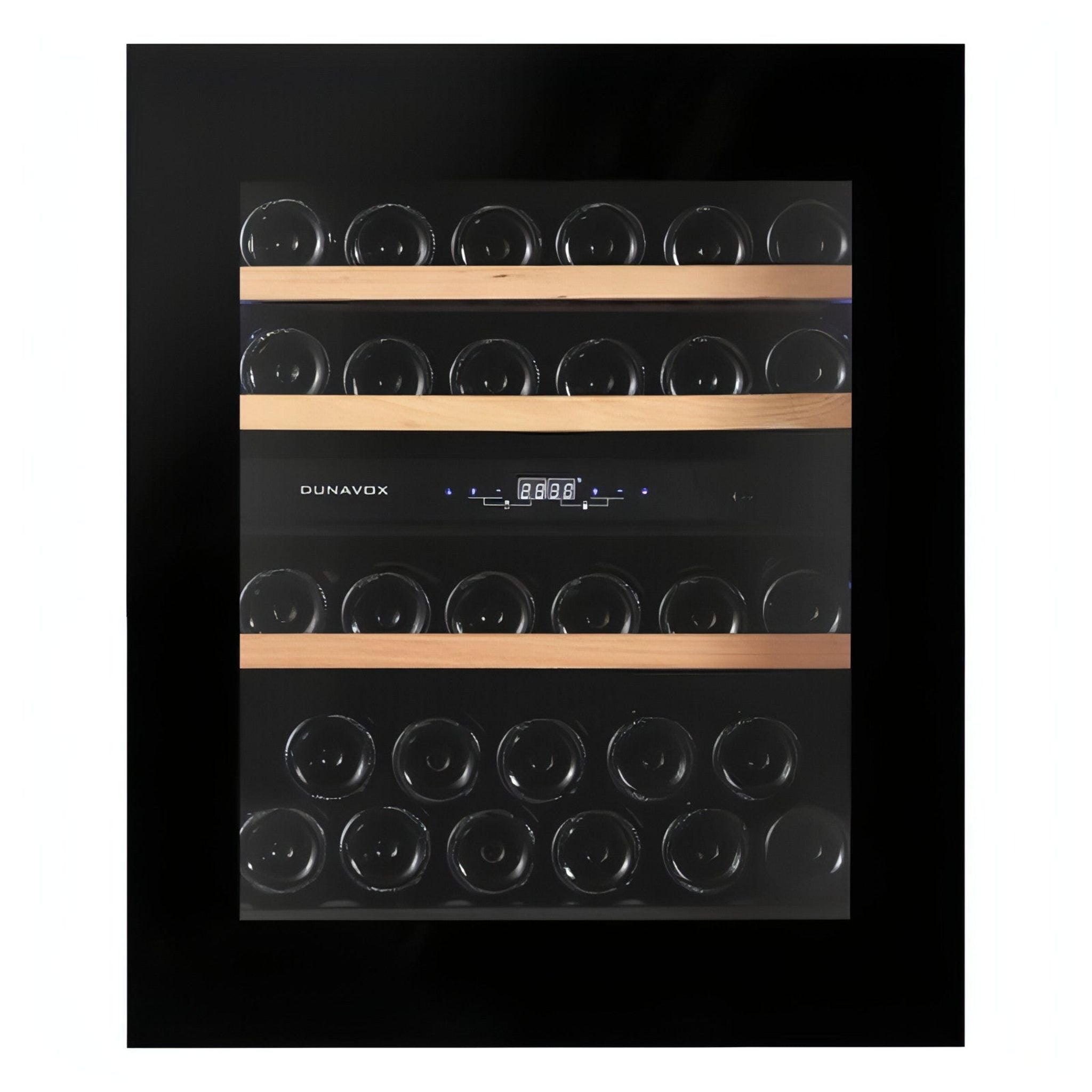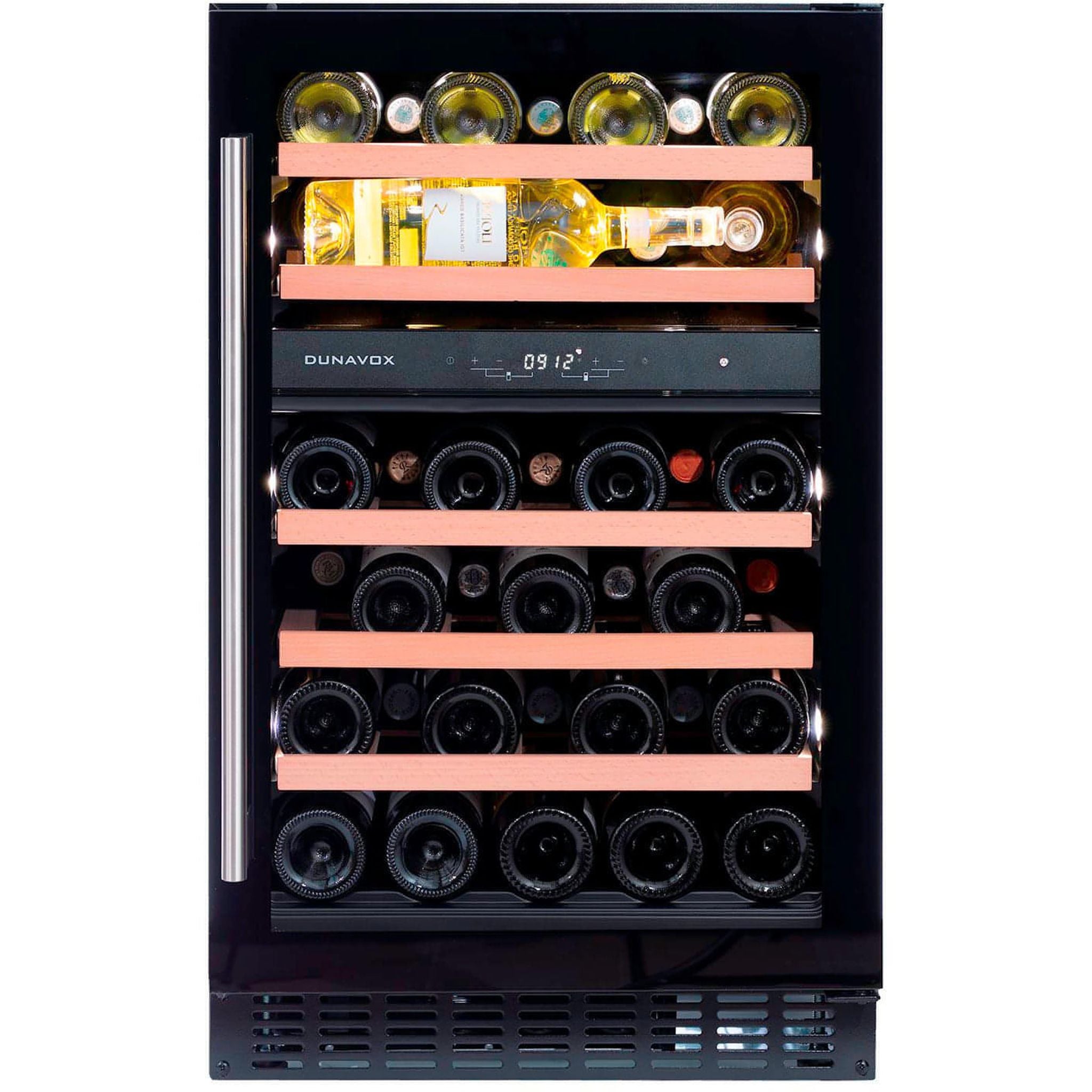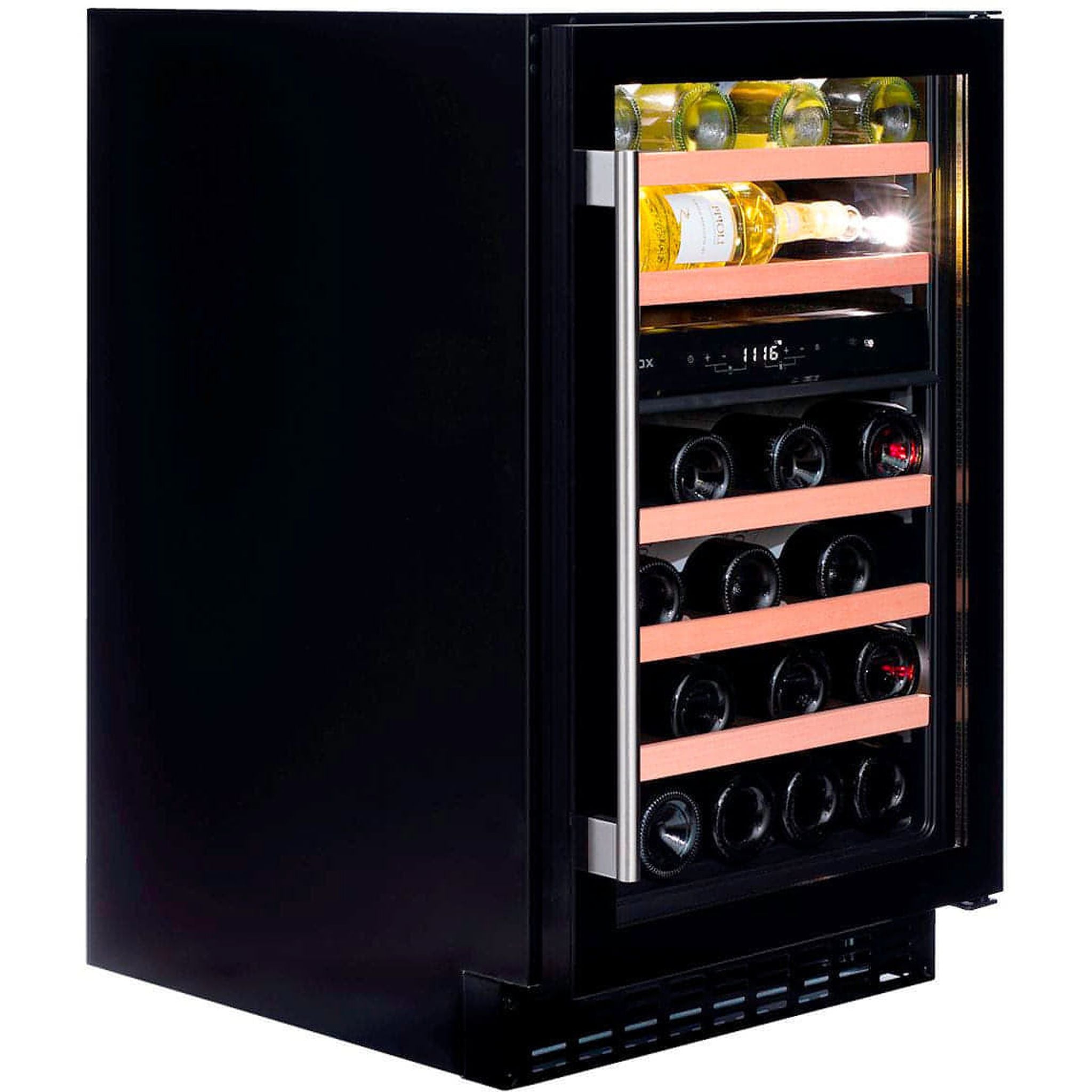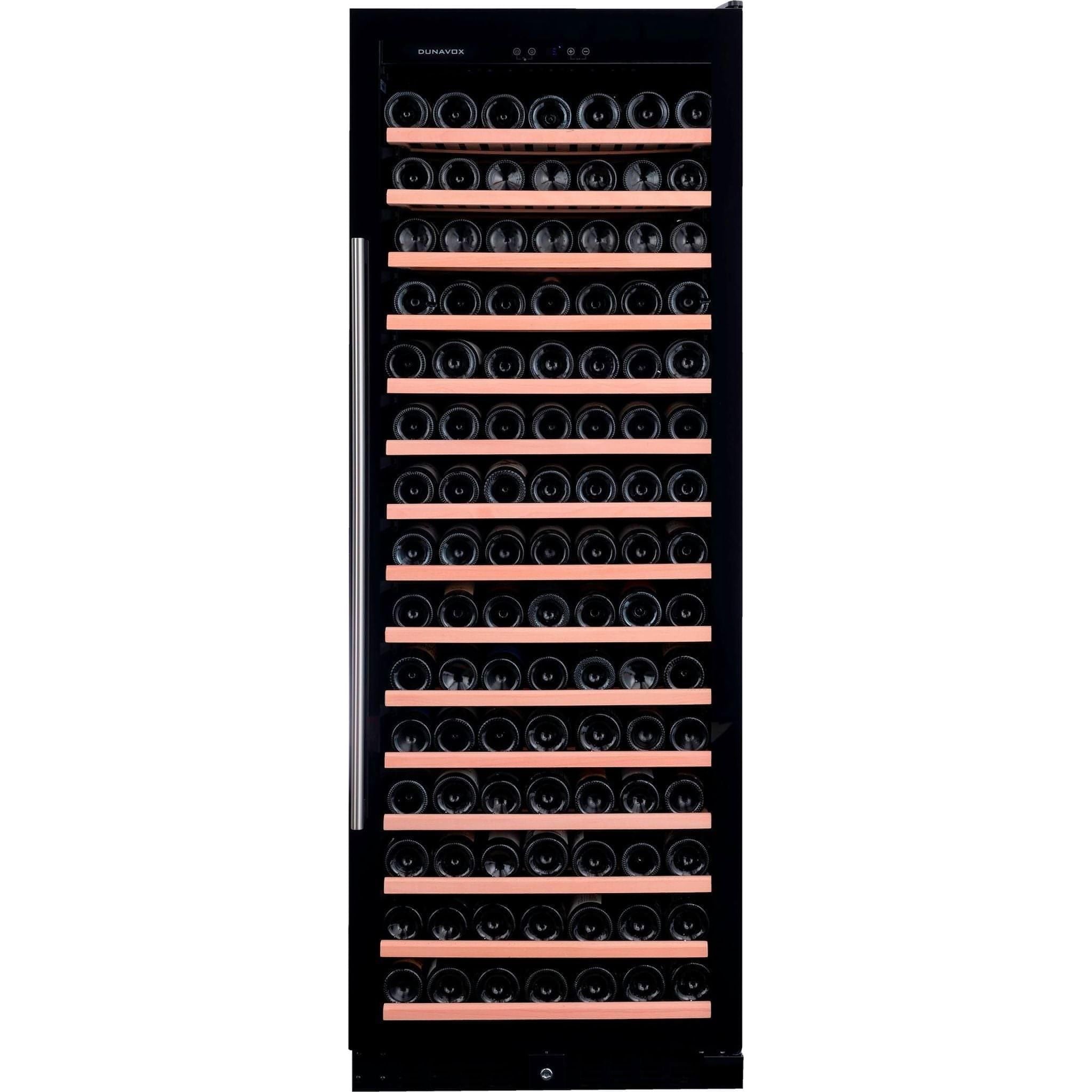Grapes are the key ingredient of wine and there are many different types of grape out there like Ortega grapes.
With varying processes and lifespans, there are a lot of options to choose from, but one particularly versatile type of grape is the grenache grape.
Grenache grapes can be used to make a vast amount of different wine styles, and this is why they’re so beloved.
In this article, we’re going to take a look at the finer details of grenache grapes and explain why they’re used so widely.
So without further ado, what exactly is grenache?
What Are Grenache Grapes?
Grenache grapes are a type of grape that is grown widely in France and Spain. In France it is known as grenache noir, but in Spain it is known as garnacha.
It’s a red wine grape, and the vine is particularly easy to grow in a variety of soil types. This means grenache is a rather abundant type of grape.
Able to be used in dry or sweet wines, grenache is often paired with other types of grape within a blend, but can be consumed and enjoyed alone in a grenache varietal wine.
Grenache wines have a floral smell and often produce sweet, ripe flavours and high alcohol content.
Grenache grapes tend to be grown in warmer climates. Southern France, Northern Spain and South Australia are three of the prime locations in which grenache grape growing most commonly occurs.
Grenache grapes need a fairly long growing season to achieve their full potential.
Once you allow a grenache grape to ripen, the possibility of high alcohol content increases and the flavour becomes much more fruity and sweet.
The Benefits Of Grenache Grapes
Grenache grapes are one of the most popular types of grape for a number of reasons.
Firstly, they’re easy to blend with other types of grape. They’re very flavoursome, so you can mix them with fuller grapes such as syrah or mourvedre.
They’re naturally very sweet and do not need any alterations to achieve a delicious flavour.
Wines that use grenache grapes tend to have a strong, ripe fruit flavour, with notes of strawberry and raspberry. Some wine spectators compare the flavour to violet candy.
Grenache wines are really versatile, and can be full-bodied powerhouses. Many wine tasters enjoy grenache wines for their distinct aromatic pull.
To make sure a grenache grape is particularly concentrated, many choose to plant in schist or granitic soils.
All of these characteristics make it a popular grape, so let’s take a deeper look.
Types Of Grenache Grape
Over time grapes begin to mutate. Grapes such as grenache grapes have been around for a long time and have several mutations, but this doesn’t mean much in terms of genetic composition.
The main difference between grape mutations is appearance. Grenache noir is the original grenache grape.
It’s still the most commonly found and used, with a thin skin that is used to make medium ruby coloured wine.
Generally speaking, grenache noir is used to make red wines and some rosé styles.
Grenache blanc is another mutation of the grenache grape, and as the name suggests it is used for white wines.
The white wines made with grenache blanc are becoming increasingly popular in recent years, showing the versatility of this type of grape.
It is most often grown in Northeast Spain, but is also grown in Rhône Valley, France. Grenache blanc grapes can also be used in various blends.
Lastly, there is grenache gris. Again, as the name suggests, this type of grape takes on a somewhat grey hue that blends with the more traditional pink colour.
This is the less well known variety of grenache grape, but is still very popular.
Grenache gris can be used to make dessert wines when blended with grenache noir and grenache blanc.
The History Of Grenache Grapes
It is not certain exactly where grenache grapes originated, but there are two possible locations.
It is thought that this type of grape originated in Sardinia or in Northern Spain.
Whilst we can’t pinpoint the exact location, we know that grenache grapes were first found in a mediterranean country.
In the 1800s grenache was commonly grown in Rhône Valley, and has had a colourful history in the world of viticulture.
Interest in grenache grapes seemed to dwindle until the 1980s when some growers in California began to use them again.
By the 1990s the grapes became very popular once more due to a particular blend that came from Priorat.
Grenache grapes are now used very commonly due to being inexpensive and convenient, and this has raised concerns amongst some of the farming community.
Popular Grenache Wines
One of the most popular types of grenache wine comes from the previously mentioned region of Priorat.
Here, the wines are often made with cariñena, which can result in strong and spicy wines that are occasionally aged in new oak.
These wines are often enjoyed alongside grilled meat dishes, as their robust flavour is said to compliment this type of meal and create a richer dining experience.
Another very popular style of wine made using grenache grapes is Côtes Du Rhône AOC, a wine that is formulated in France’s Southern Rhône region.
Unlike certain other types of wine that use grenache, some Côtes Du Rhône wine can consist of 100% grenache as opposed to the blends commonly found in other regions.
As was mentioned previously, Spain and France are the most popular locations for grenache grape cultivation, but Australia is another hub of grenache goodness.
Australia is generally known for its GSM blends, and Australian wines tend to be very sweet due to the hot climates found in that part of the world.
Final Thoughts
Wine making and grape growing are two very fine art forms, and we hope that this guide has entertained and informed you on some of the ins and outs of one of the most fascinating grapes around.
Grenache grapes need to grow in hot and dry countries (like Hungary). At Elite Wine Refrigeration, we know all about different grape variants - we also know how to provide excellent wine storage systems. We stock an array of leading wine-cooling brands, such as Dunavox.
Dunavox is quickly becoming one of the most favoured manufacturers of wine coolers. We help our customers find their dream wine storage unit, and we always recommend our Dunavox collection.
With something available for everyone's needs, Dunavox design a wide variety of cooling units, ideal for any home or commercial space. To find out more about Dunavox, reach out to us today.
Don’t forget to keep your wine chilled with a wine cooler!







